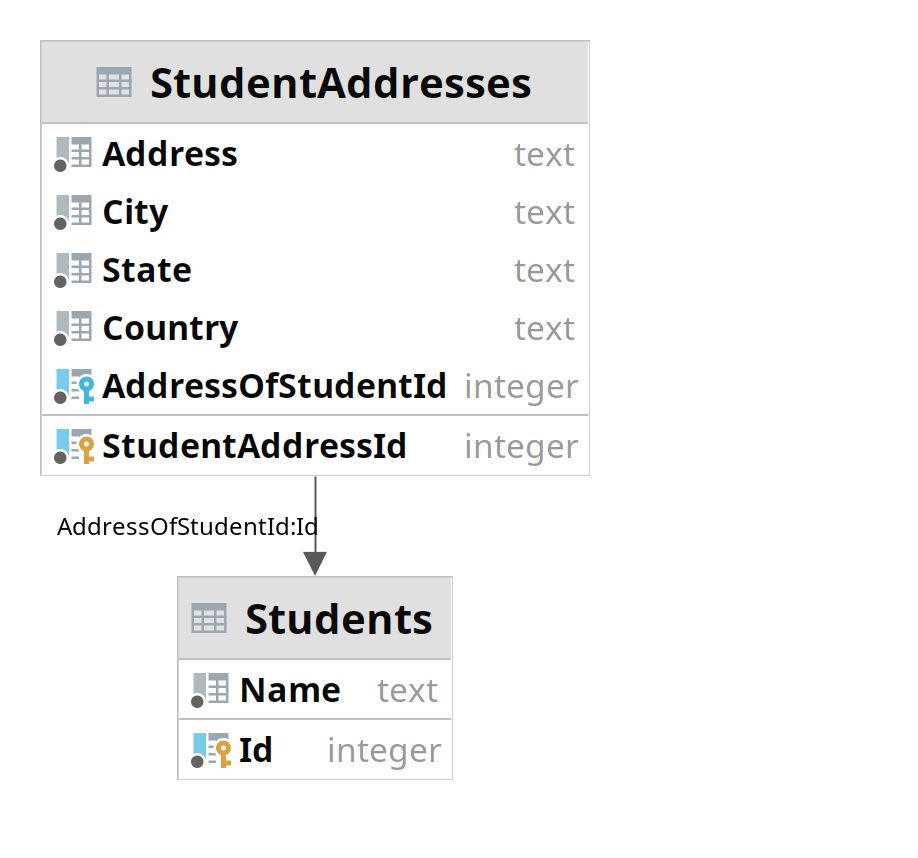Configure Many-to-Many Relationships using Fluent API in Entity Framework Core

public class Student
{
public int StudentId { get; set; }
public string Name { get; set; }
}
public class Course
{
public int CourseId { get; set; }
public string CourseName { get; set; }
public string Description { get; set; }
}
public class StudentCourse
{
public int StudentId { get; set; }
public Student Student { get; set; }
public int CourseId { get; set; }
public Course Course { get; set; }
}
public class Student
{
public int StudentId { get; set; }
public string Name { get; set; }
public IList<StudentCourse> StudentCourses { get; set; }
}
public class Course
{
public int CourseId { get; set; }
public string CourseName { get; set; }
public string Description { get; set; }
public IList<StudentCourse> StudentCourses { get; set; }
}
public class SchoolContext : DbContext
{
protected override void OnConfiguring(DbContextOptionsBuilder optionsBuilder)
{
optionsBuilder.UseSqlServer("Server=.\\SQLEXPRESS;Database=EFCore-SchoolDB;Trusted_Connection=True");
}
protected override void OnModelCreating(ModelBuilder modelBuilder)
{
modelBuilder.Entity<StudentCourse>().HasKey(sc => new { sc.StudentId, sc.CourseId });
}
public DbSet<Student> Students { get; set; }
public DbSet<Course> Courses { get; set; }
public DbSet<StudentCourse> StudentCourses { get; set; }
}
References
https://www.entityframeworktutorial.net/efcore/configure-many-to-many-relationship-in-ef-core.aspx

